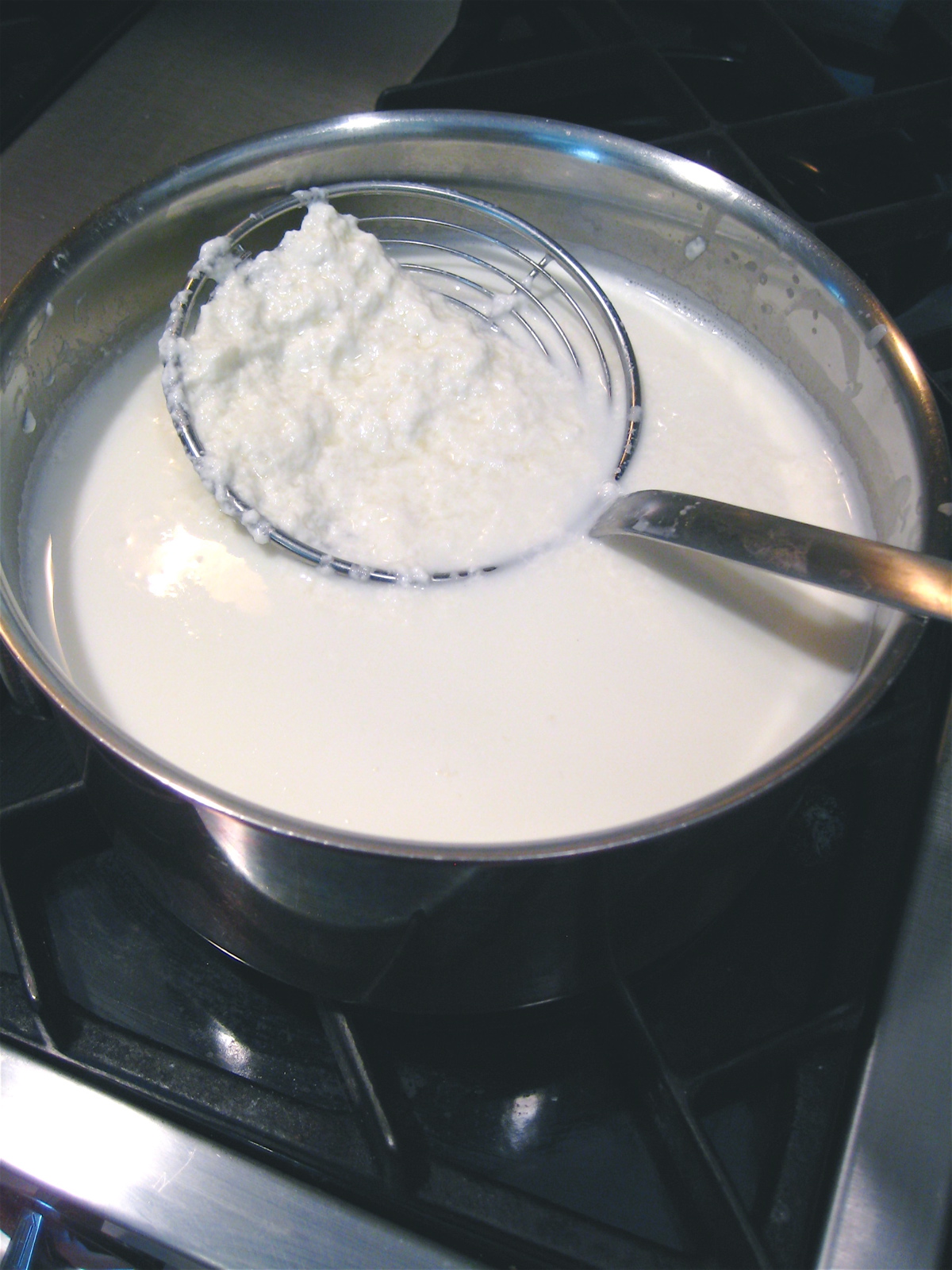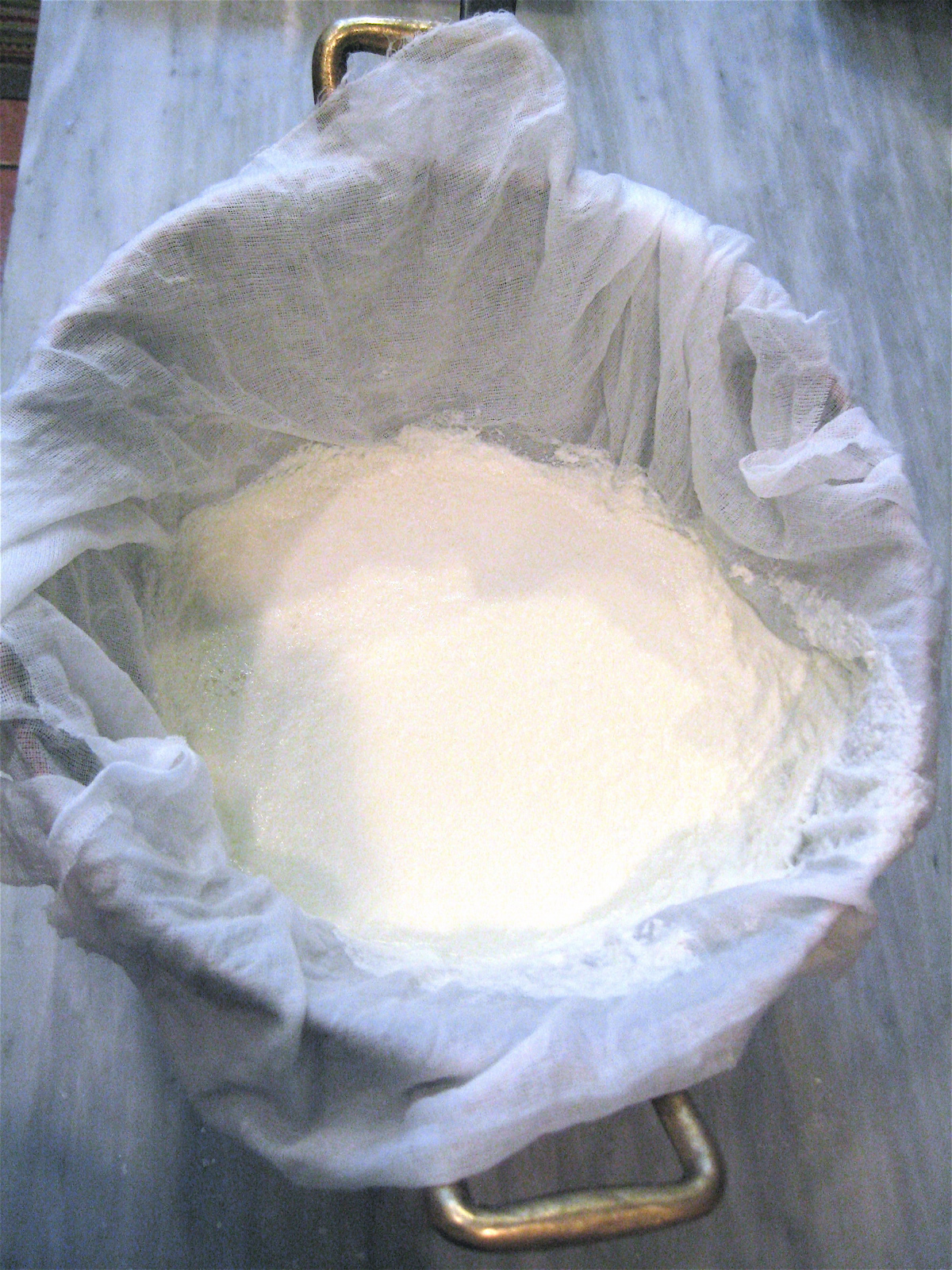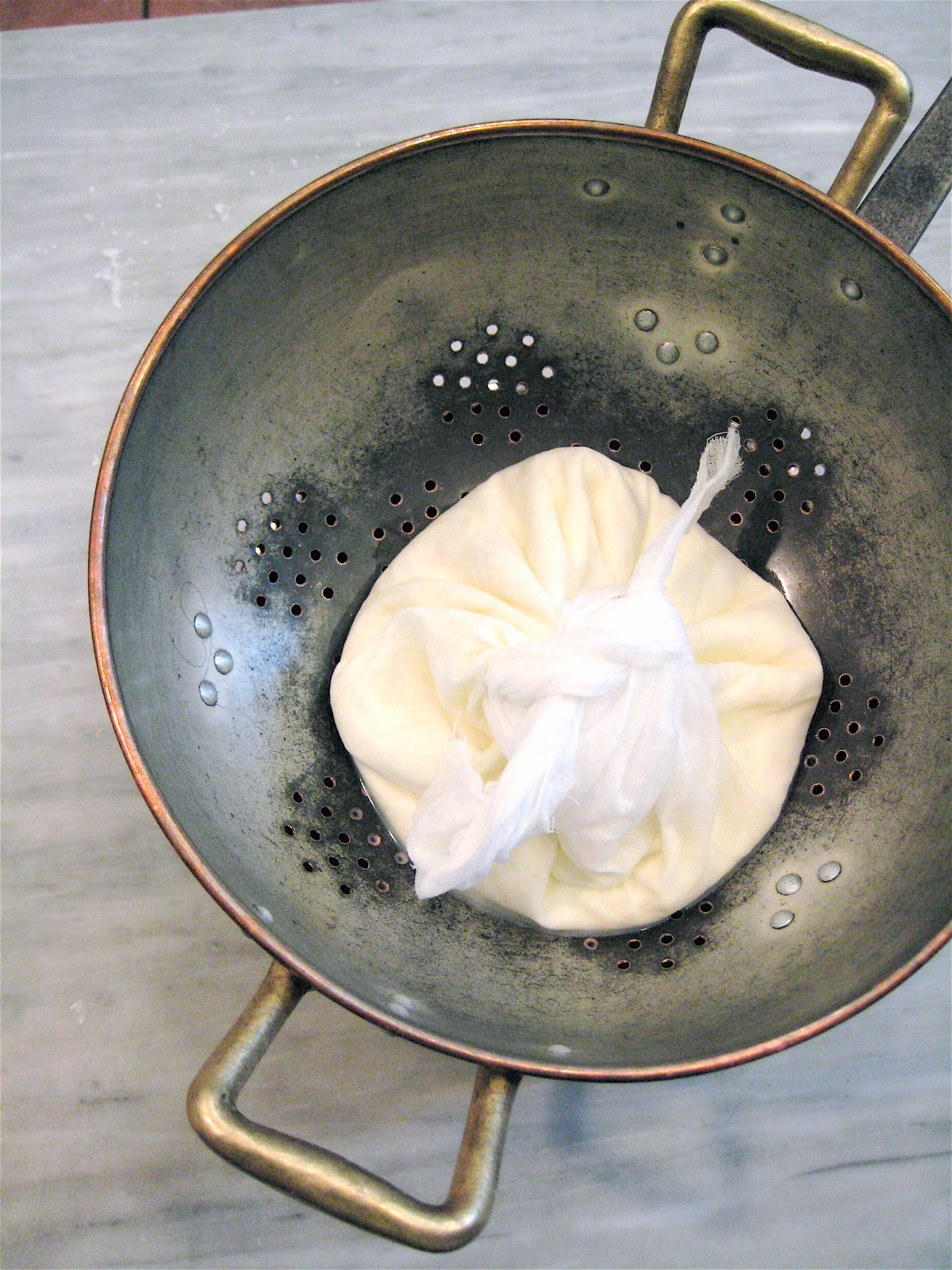I know, I know. My recipe posts have been a tad thin for the last two weeks or so. Truth is I've been cheating on you a bit, working with a few incredible food media cohorts.
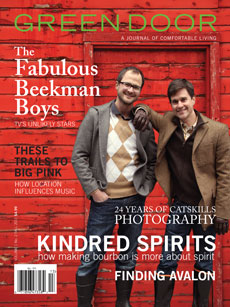 I just wrapped an article for the upcoming winter issue of the gorgeous Green Door Magazine. Green Door is a relatively new magazine published in the Hudson Valley, NY, but with charming rural/urban interest pieces that are a total joy regardless of your locale. It "espouses the benefits of country living in a socially conscious society, while retaining an attachment to the realities of urban life. It is ‘a journal of comfortable living,’ as the magazine profiles artists, residences, food, wine, local farms, events and the evolution of transplanted city-dwellers." A pitchfork diary indeed. I just wrapped an article for the upcoming winter issue of the gorgeous Green Door Magazine. Green Door is a relatively new magazine published in the Hudson Valley, NY, but with charming rural/urban interest pieces that are a total joy regardless of your locale. It "espouses the benefits of country living in a socially conscious society, while retaining an attachment to the realities of urban life. It is ‘a journal of comfortable living,’ as the magazine profiles artists, residences, food, wine, local farms, events and the evolution of transplanted city-dwellers." A pitchfork diary indeed.Keep an eye out for upcoming issues, or subscribe, or follow them on facebook or their blog.  I also had the great honor of getting to be a panelist at my alma matter in Steven Shaw's outstanding food blogging course. I took the course myself a year and a half ago, and well, the rest is history. I also had the great honor of getting to be a panelist at my alma matter in Steven Shaw's outstanding food blogging course. I took the course myself a year and a half ago, and well, the rest is history.Most enjoyable was the chance to meet a bunch of new food bloggers, many of whom are just starting out with their first posts in this course. Sharp and creative, with lots of super innovative ideas and delicious recipes, it was such a pleasure to hear their thoughts and see what they are working on and ideas they are working out. With many of the blogs I look at, I love to go back in the archives and see their very first few posts and photos and get a sense of where it all started. Here are the blogs from this group of new bloggers, all with great things to offer. Catch 'em from the start. Ingredient Studio Frankie Cooks Sweet Tea and Taters The Traveling Gourmand Amusing My Bouche Nibbling Gypsy NY Paladar Eating in Your Underwear High Self of Steam Sweet Kitchen Crumberry Bake Shop Fun Fearless Foodie | ||||||||||||||||
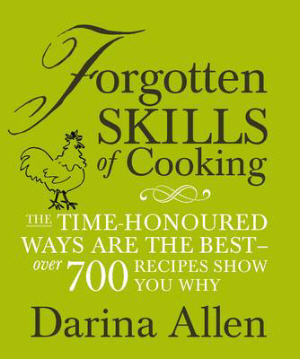 Here are a few of my favorite cookbooks ever. And more than that, they are also my favorite cookbooks to give as gifts. Each are beautiful to just read and admire the artwork and photos, but also offer unique information, recipes, instruction or skills, that sets them apart from the dozens and dozens and dozens I have on my shelves. Here are a few of my favorite cookbooks ever. And more than that, they are also my favorite cookbooks to give as gifts. Each are beautiful to just read and admire the artwork and photos, but also offer unique information, recipes, instruction or skills, that sets them apart from the dozens and dozens and dozens I have on my shelves.Forgotten Skills of Cooking: The Time-Honored Ways are the Best, by Darina Allen Stir by Barbara Lunch Inspired by Ingredients, by Bill Telepan The Flavor Bible, by Karen Page and Andrew Dornenburg The Fundamental Techniques of Classic Cuisine, from the French Culinary Institute Artisan Bread in Five Minutes a Day, by Jeff Hertzberg MD and Zoe Francois | ||||||||||||||||
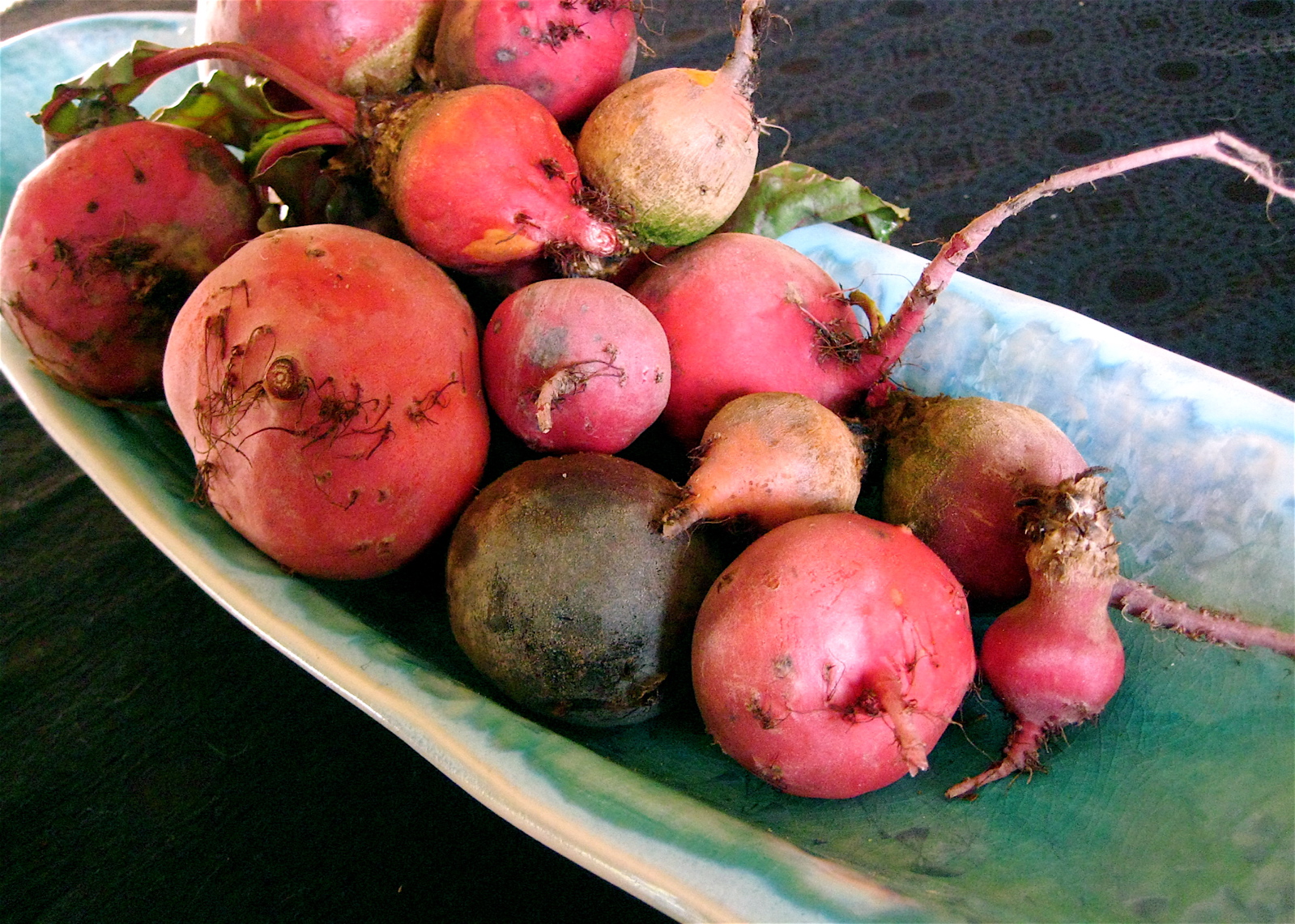 Last fall was complete chaos in our home. I was in the final weeks of getting my culinary degree, worrying more about my impending final exam than I had about anything else in my life to date, and was growing very weary of my year-long commute to the city, away from home and husband, for 5 nights a week. Every other detail seemed to go out with the compost. So it didn't surprise us much when a few months later, after a few good snowfalls, we both looked at each other and realized we had never harvested our second planting of our famed and favorite heirloom beets. While not a huge amount, there was about a bed and a half of beets still in the garden, now frozen solid to the ground. We treasure them, and were disappointed, and felt stupid and wasteful. Fast forward to yesterday's magnificent first kiss of spring weather. All I wanted to do was be outside, digging in something. I walked through one of our gardens, with the ground now visible for the first time in many months---and low and behold, there were tiny sprouts of beet greens peeking up from a variety of leafy debris. Further investigation, and a few dirty fingernails later, I discovered beets! A lot of beets! 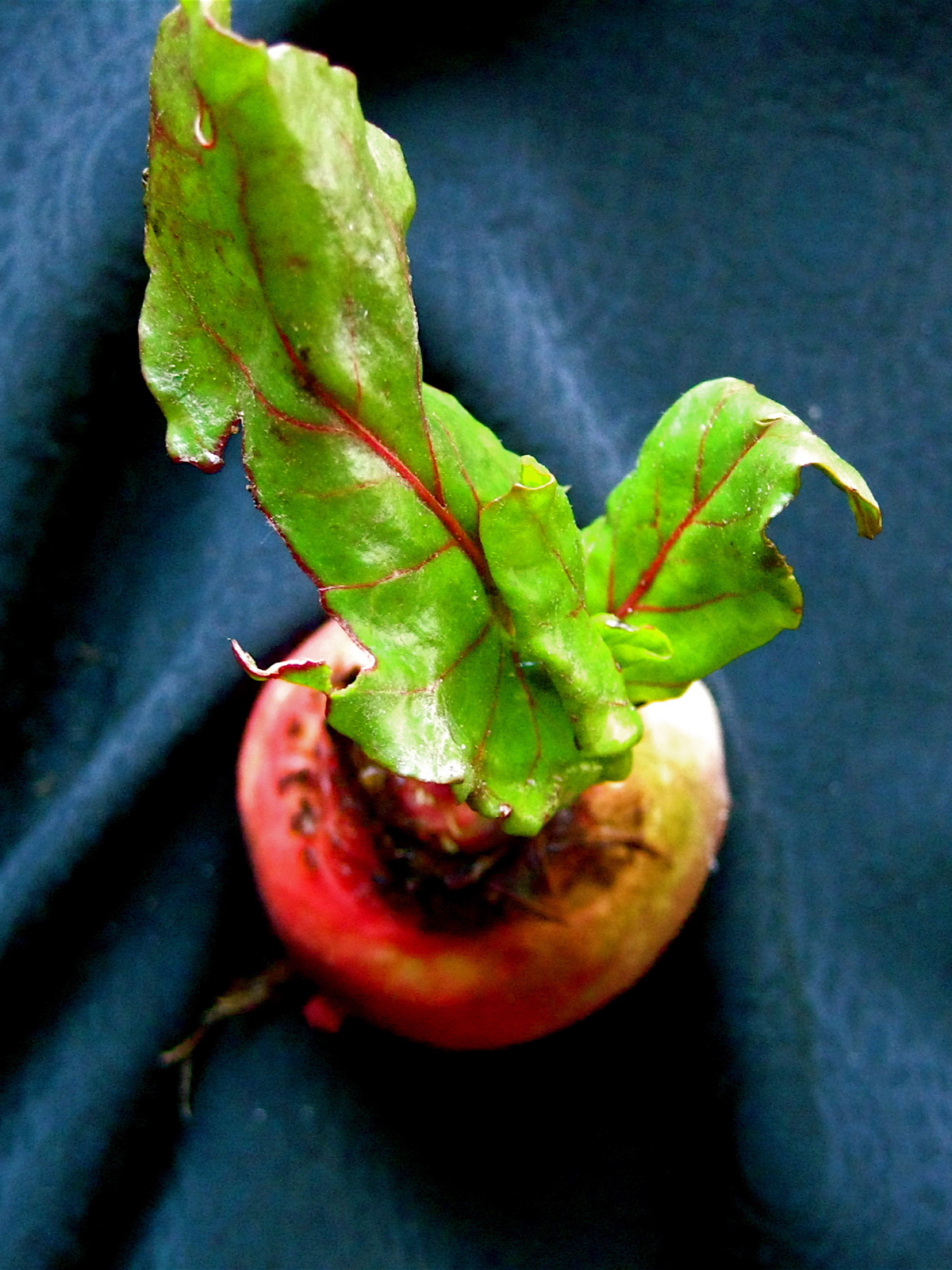 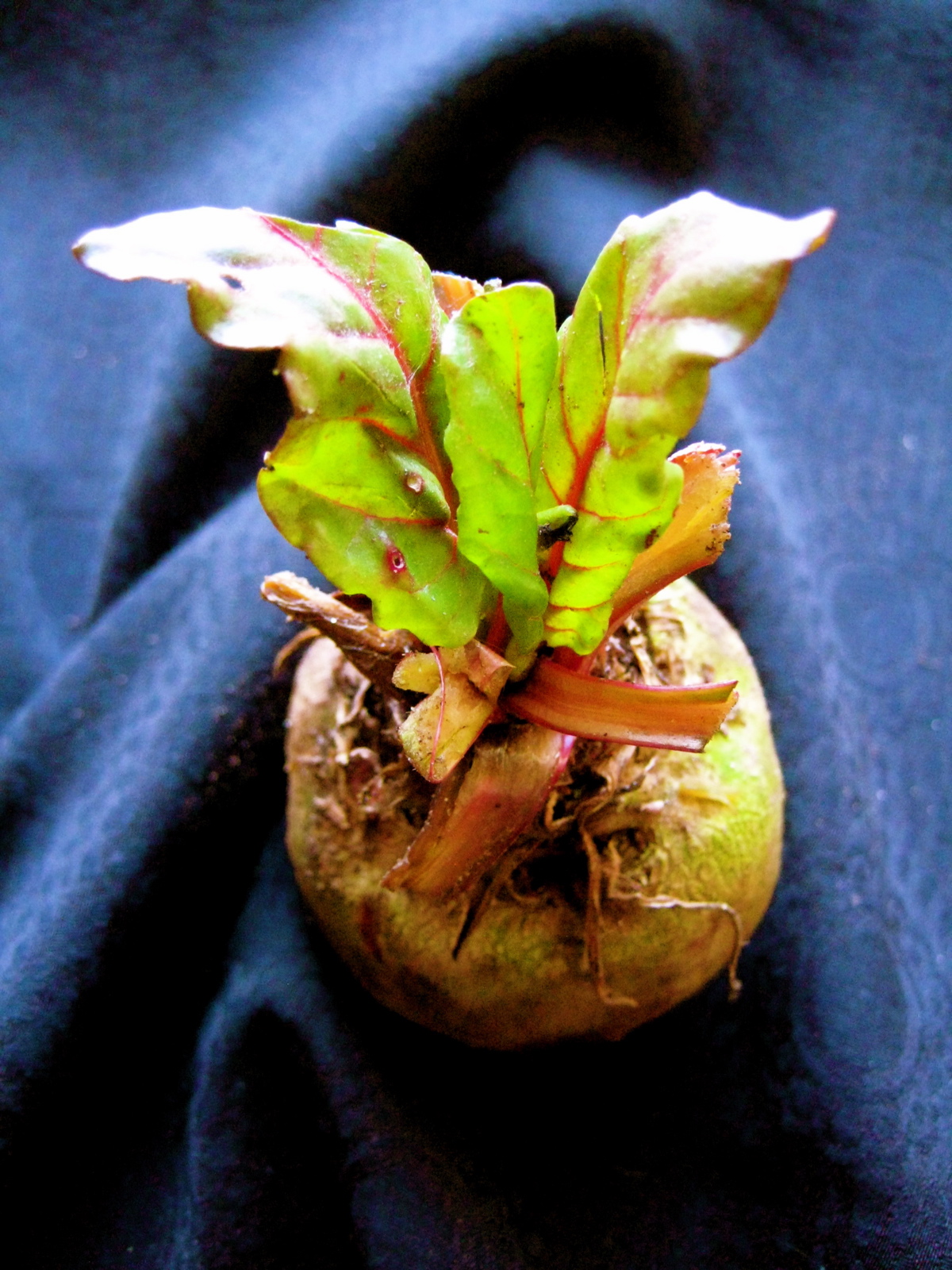 Our small second crop of golden, bull's blood, detroit dark red, and chioggia beets had successfully overwintered. Protected enough somehow by the mulch on top of the beds, and apparently benefiting from some very extended root systems, these beauties made it though, and managed to do so well enough that they now had the energy to start sprouting leaves again. Remarkable. And fresh beets for dinner in March. 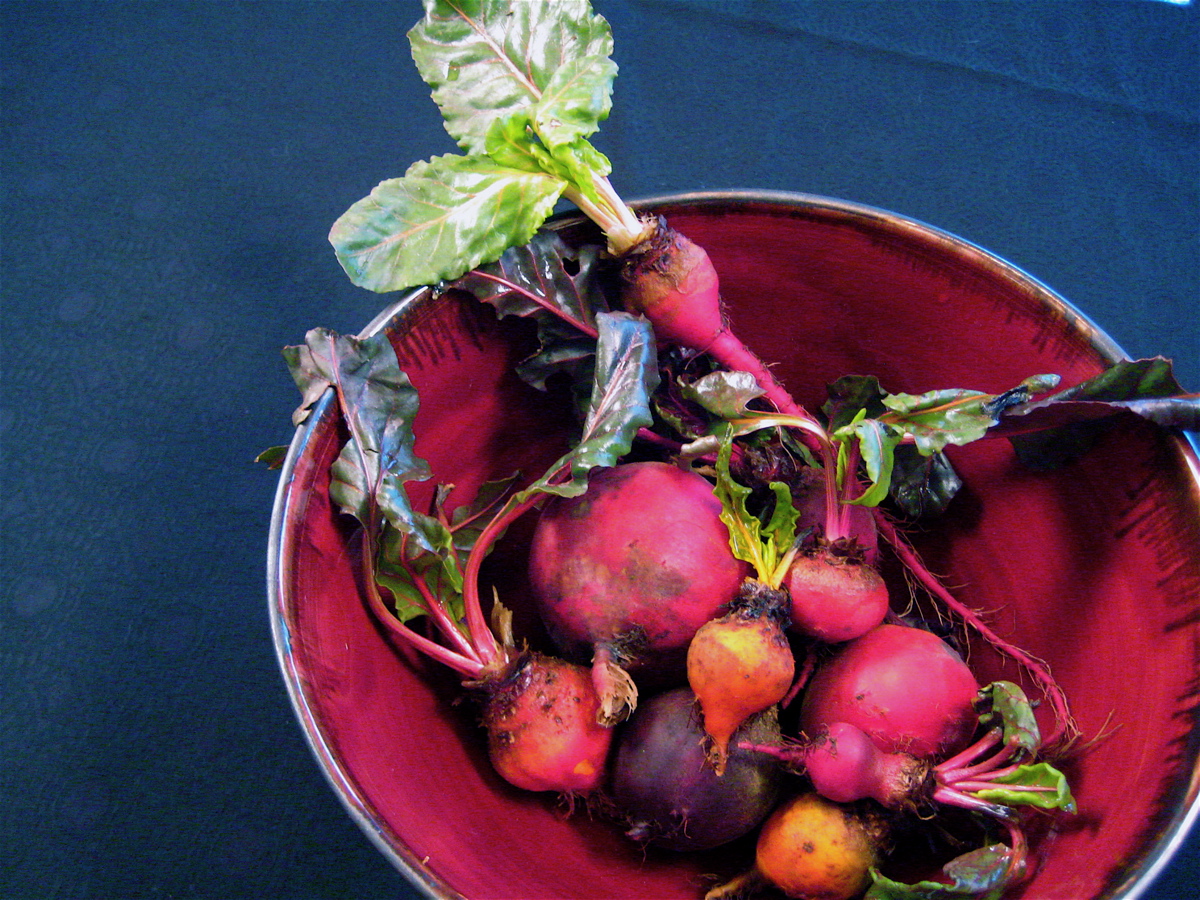 | ||||||||||||||||
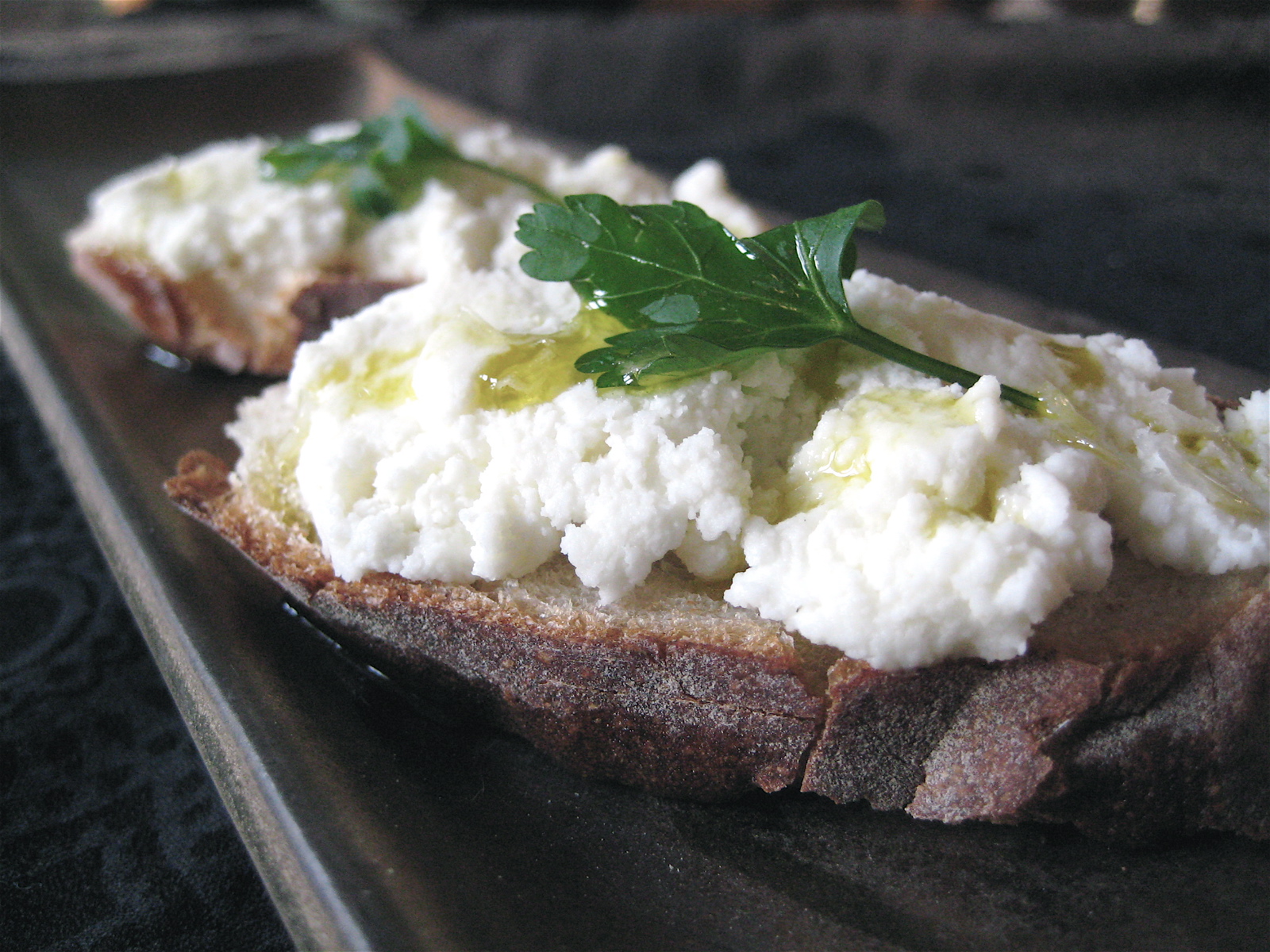 Lately we have been getting the most wonderful fresh milk from Dirie's Farm, a small family-owned dairy farm near us. The milk has a whole melody of flavor, that clearly illustrates what people are talking about when they refer to the terroir in wine. You can taste this area. You can taste the differences in the seasons, and the grassy fields and hay on which these cows are feeding. A few months ago I had an impromptu lunch out by myself (I mean, with my date, New York Magazine) at Veloce Pizzeria in the East Village of NYC. They have a divine ricotta crostini "spuntini" (Italian snacks). Superb rich ricotta slathered on crusty toasted bread with fresh black pepper. Heaven. So craving that, this week's farm milk became glorious ricotta. It's easy, easy, easy. There are many recipes out there, using several different acidifying agents (vinegar, lemon juice, buttermilk, and citric acid). I learned this from my culinary school, and Ricki the Cheese Queen, both using the exact same method with citric acid, so I'll stick with that. Citric Acid is pretty widely available. It is often called for in canning tomatoes. I have seen it in my grocery store near canning supplies or products like Fruit Fresh. But you can also easily get it here, from the wonderful New England Cheesemaking Supply Company.
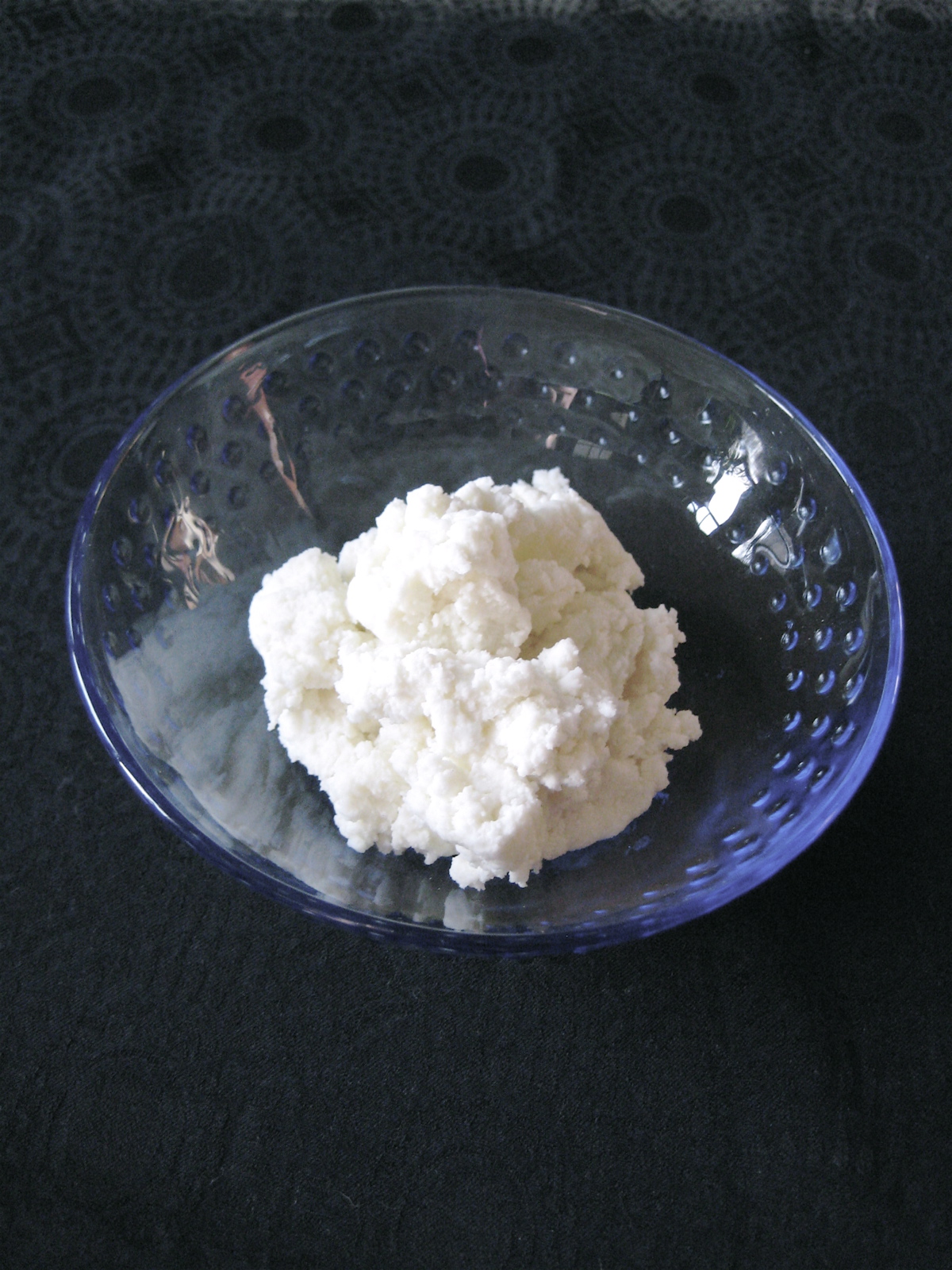 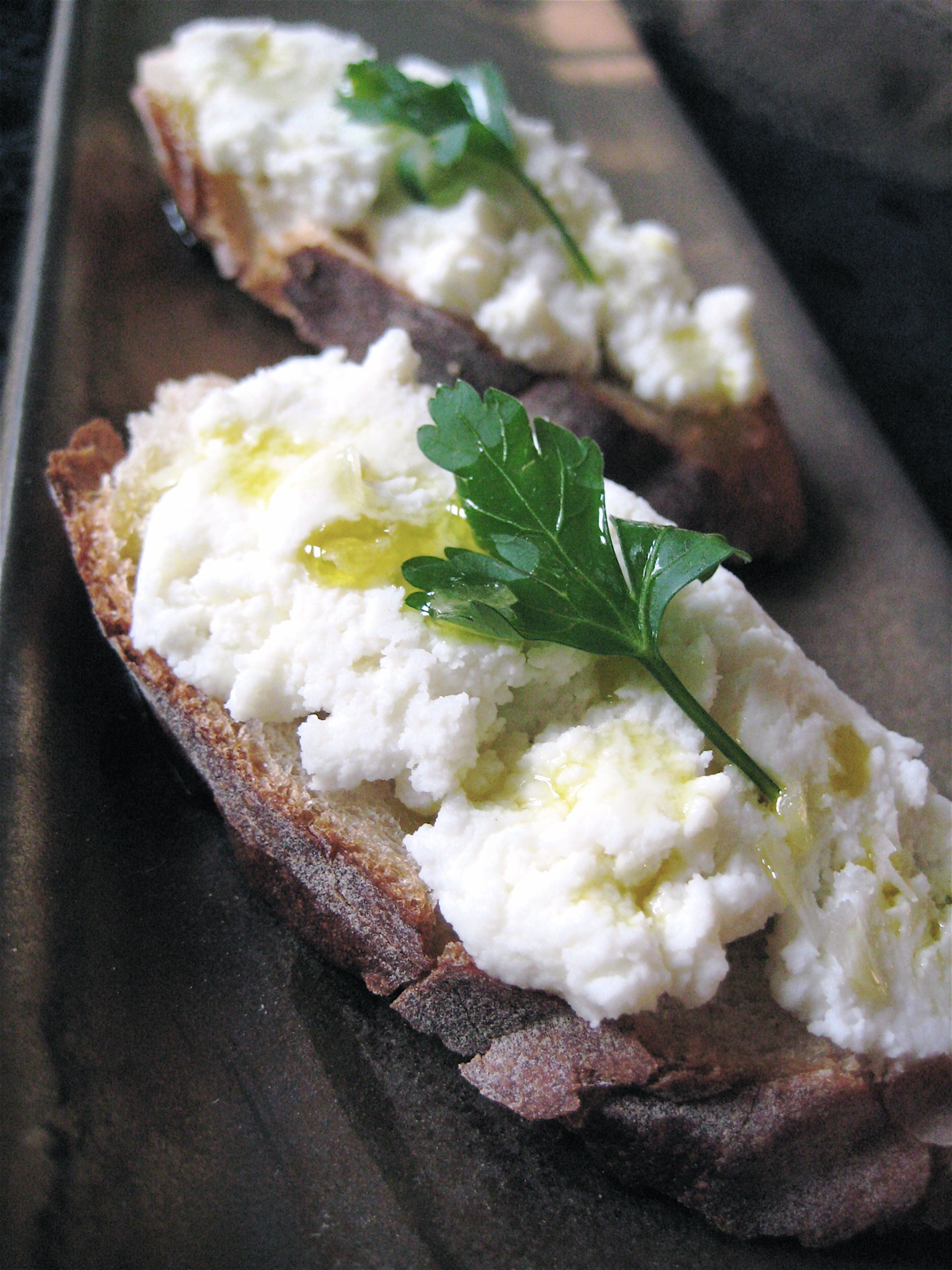 | ||||||||||||||||||||||
|
|
{ welcome! }
 Catie Baumer Schwalb is a chef, food writer and photographer, who splits her life between the city and the country. Not too long ago Catie was a New York City based actress and playwright for more than a decade. She has her Master of Fine Arts from the National Theater Conservatory, and her Grand Diplôme in classic culinary arts from the French Culinary Institute in New York City.
... Read More ≫
Catie Baumer Schwalb is a chef, food writer and photographer, who splits her life between the city and the country. Not too long ago Catie was a New York City based actress and playwright for more than a decade. She has her Master of Fine Arts from the National Theater Conservatory, and her Grand Diplôme in classic culinary arts from the French Culinary Institute in New York City.
... Read More ≫{ get in touch }
{ what's new }
September 12, 2015
August 19, 2013
August 15, 2013
August 13, 2013
August 1, 2013
{ favorites }
{ archives }
Appetizers / Breads & Pastry / Breakfast / Cakes / Canning / Condiments / Dinner / DIY foods / Drinks / Fall / favorites / Grains / Holidays / Local / Noodles & Pasta / Pies & Tarts / Poultry / Salads / Seafood / Snacks / Soup / Spring / Summer / Sweets / Techniques / Vegetables / Vegetarian / Winter /
{ currently reading }
|



